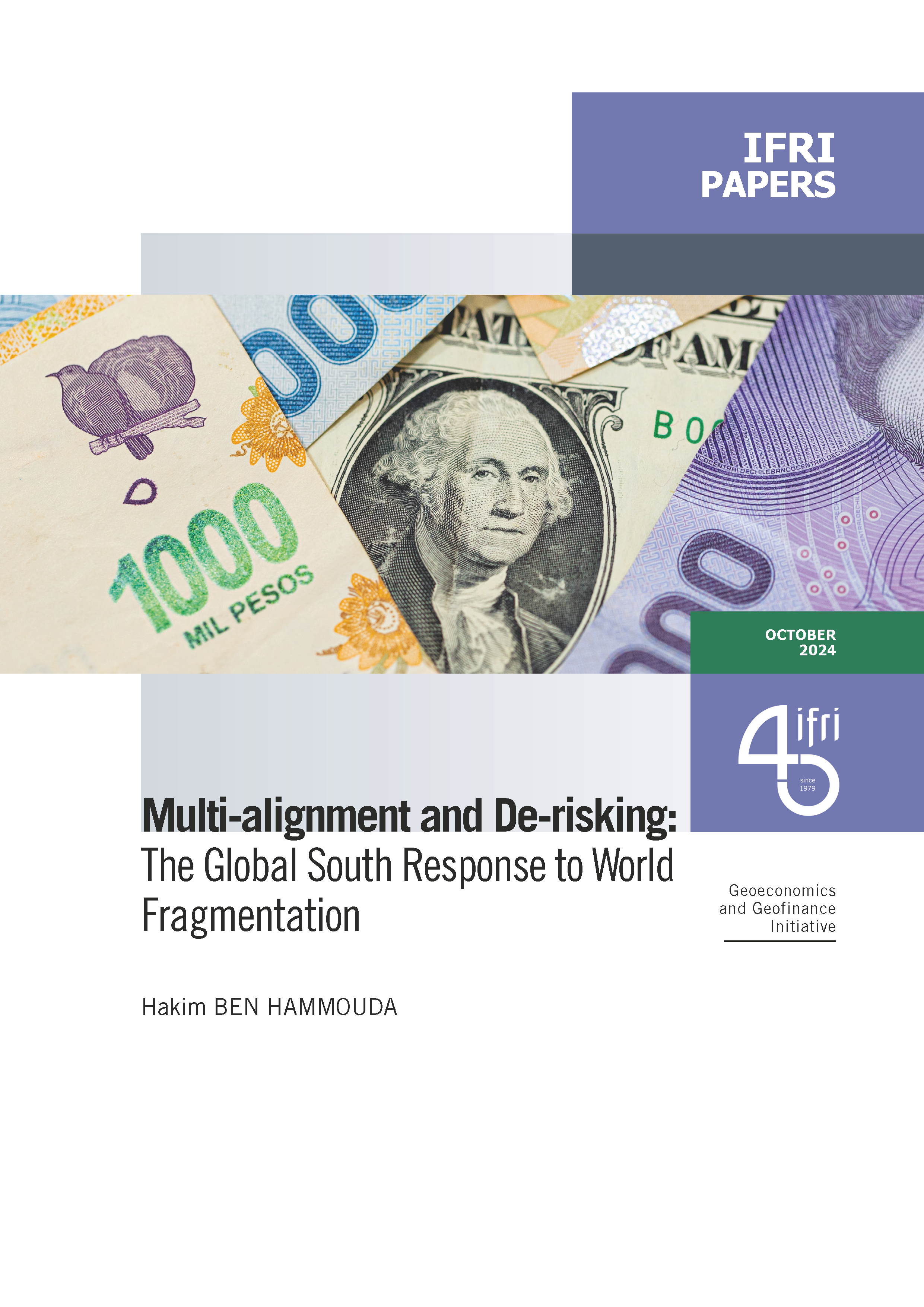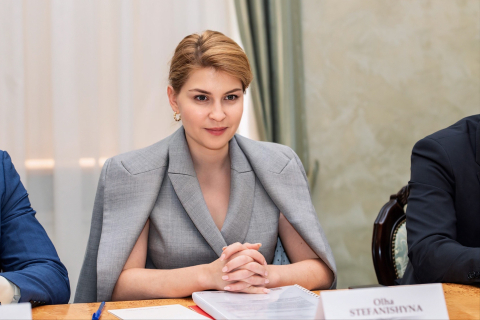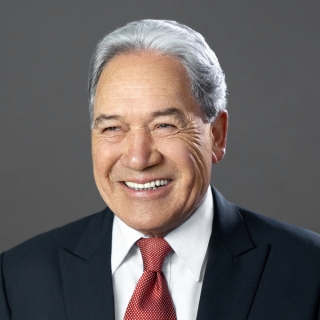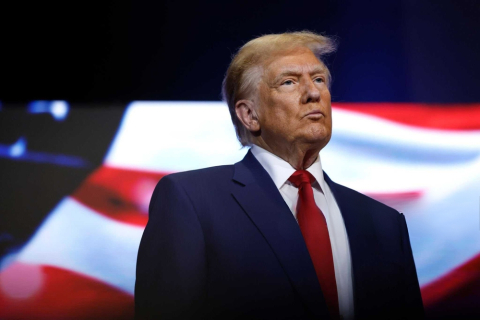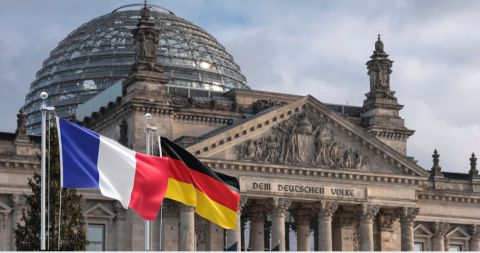The Weimar Triangle Three Decades After Its Foundation: Review and Prospects

When it was founded in August 1991, the Weimar Triangle was intended as a forum for trilateral consultations between the foreign ministers of France, the Federal Republic of Germany, and Poland on the future of Europe after the end of the Cold War.

It had three objectives: to involve France in German-Polish reconciliation by building on the Franco-German experience; to strengthen dialogue and political cooperation between the three countries; and to support Poland in its process of integration into NATO and the European Union.
Although the Weimar Triangle, after thirty years of existence, still has no institutional structure, it remains a framework of reference at the political level. However, the main weakness of the Weimar Triangle lies in the varying degrees of commitment of the three partners to this original form of cooperation. The Weimar Triangle has, however, acquired a societal dimension by organizing many cultural and artistic, and even economic, actions that can and should continue to keep this cooperation alive. In the present situation, the European Union needs an enlarged “engine” and Poland is a natural partner for France and Germany in Central Europe.



